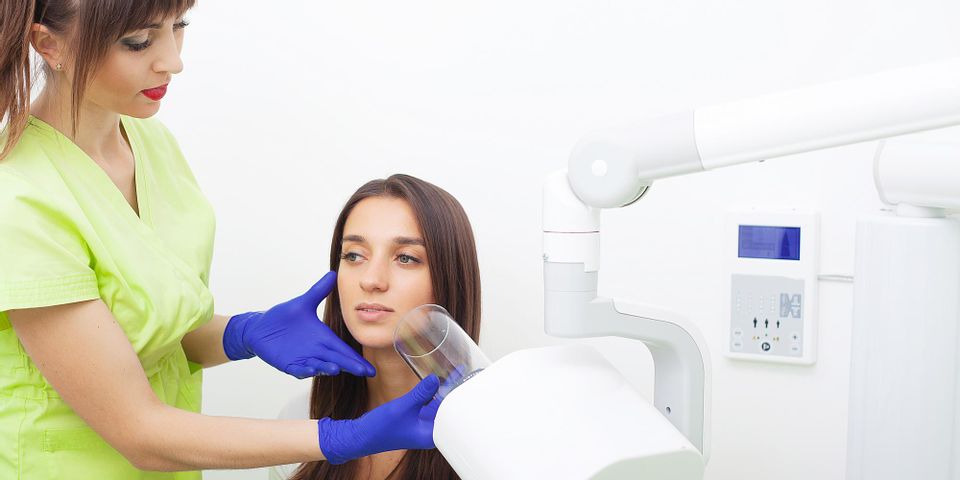
Visiting the dentist regularly will help you maintain good oral health, as they clean and check your teeth. Although a visual exam can detect some issues, it won’t uncover all dental problems. X-rays can be used to diagnose oral health problems, such as tooth decay and gum disease, that are harder to see with the human eye. Here’s a quick guide to dental X-rays.
How Do They Work?
As you are sitting in a chair, your technician will put a lead apron over your chest. Then, they will put X-ray film in your mouth, which is used to capture radiographs. Your teeth will absorb the ray and look lighter on the final image. However, teeth with decay will appear darker.
What Dental Issues Can They Detect?
 Using X-rays, your dentist can look closely between and inside your teeth. They can also look at the root and bone underneath your gums, helping them to detect issues such as:
Using X-rays, your dentist can look closely between and inside your teeth. They can also look at the root and bone underneath your gums, helping them to detect issues such as:
- Bone loss due to gum disease
- Tooth decay
- Abscesses
- Development of wisdom teeth
- Cysts
How Often Should I Get One?
How frequently you need one will depend on your dental health. For example, if you have healthy teeth and little risk of decay or gum disease, your dentist will take one every 18 to 36 months. If you’re at high risk of tooth decay, you’ll need one every 12 months. Children and teens may need to get X-rays every six months to a year, especially if they have a history of cavities. Also, you will need new ones whenever you switch practices.
If you’re looking for a reliable dentist in New Haven County, CT, contact Brian Perelmuter, DMD, P.C. This practice has been providing quality dental services, such as routine exams, tooth extractions, denture fittings, and gum disease treatments, for more than 21 years. For more information about their services, call (203) 729-3323. Like them on Facebook to see their updates.
About the Business
Have a question? Ask the experts!
Send your question

